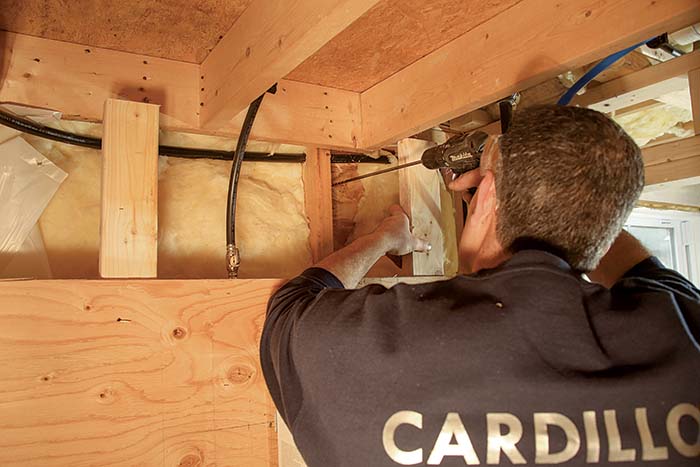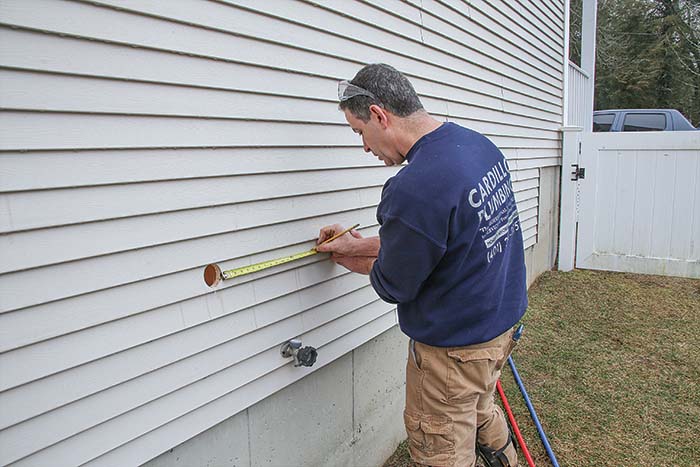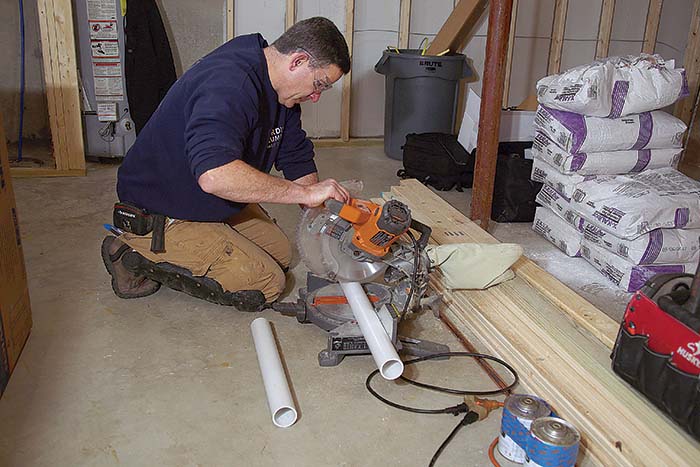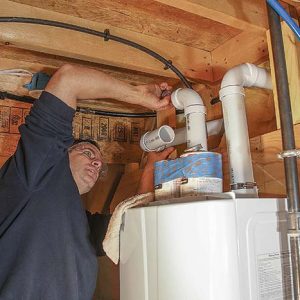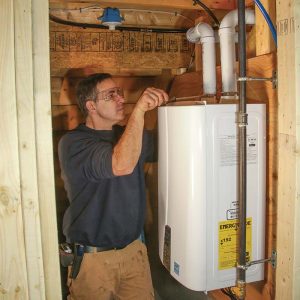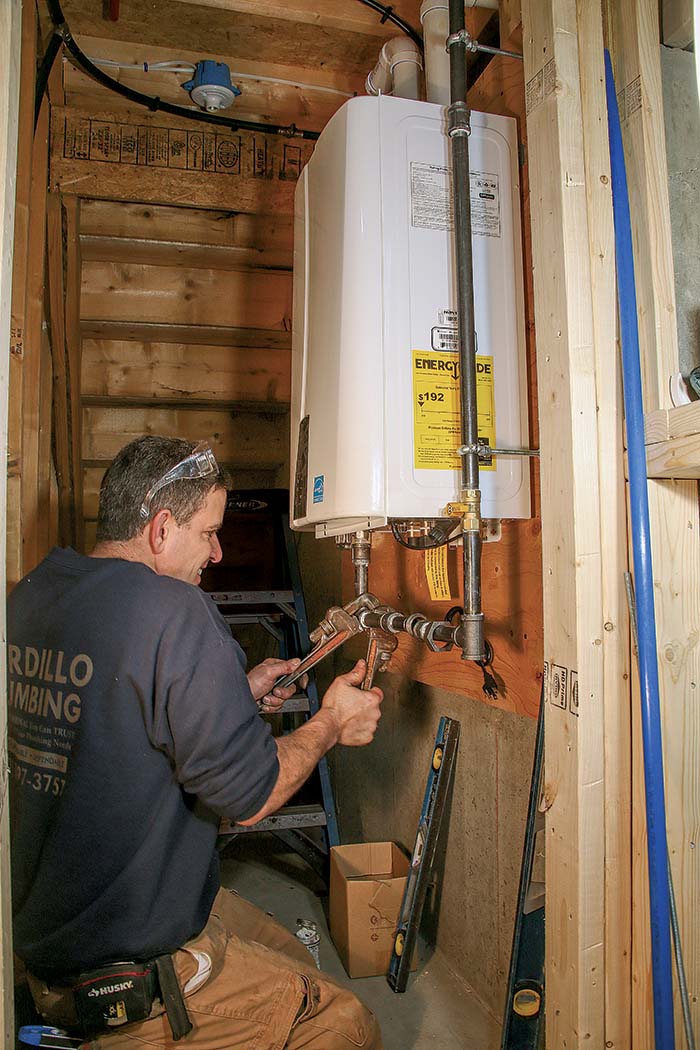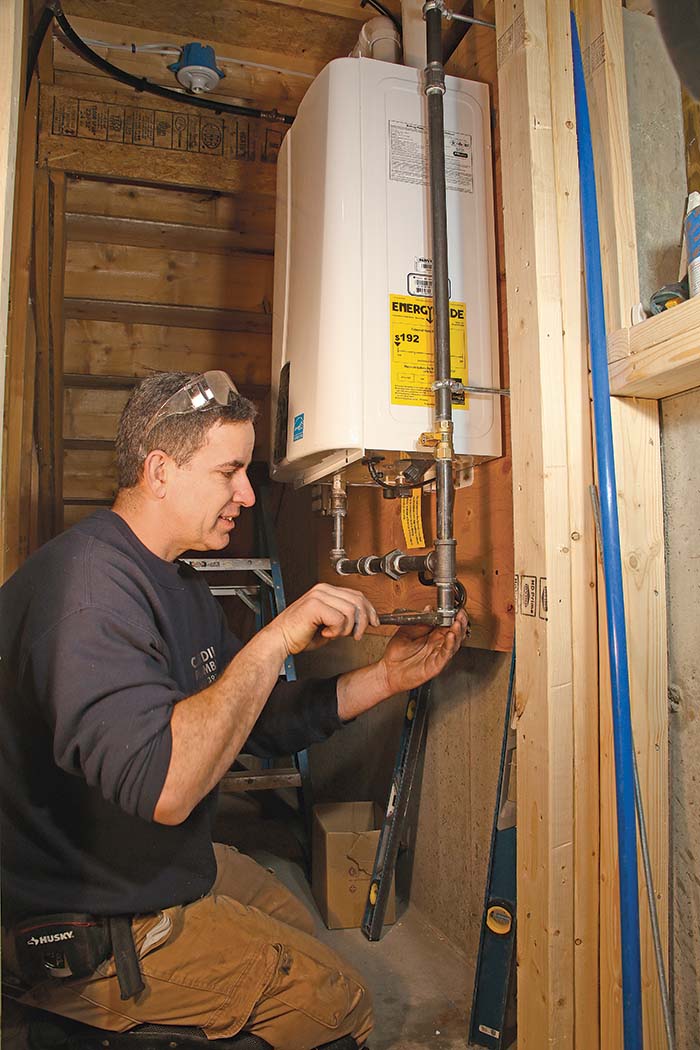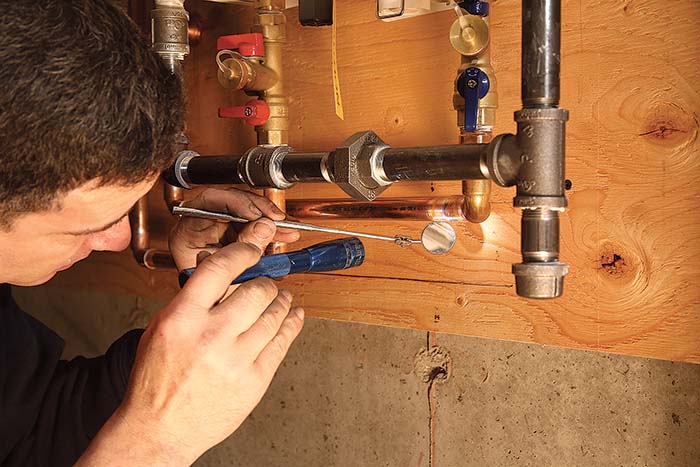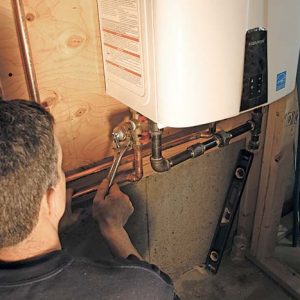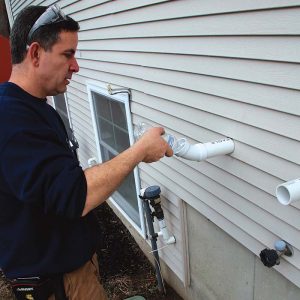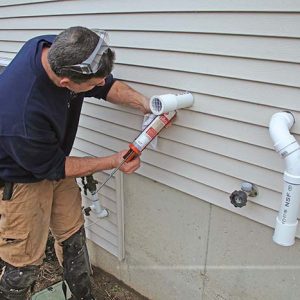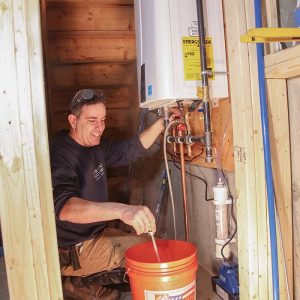How to Install a Tankless Water Heater
Pluses of an on-demand water heater include endless hot water and a compact design, but the installation means a lot of pipes in a small space.
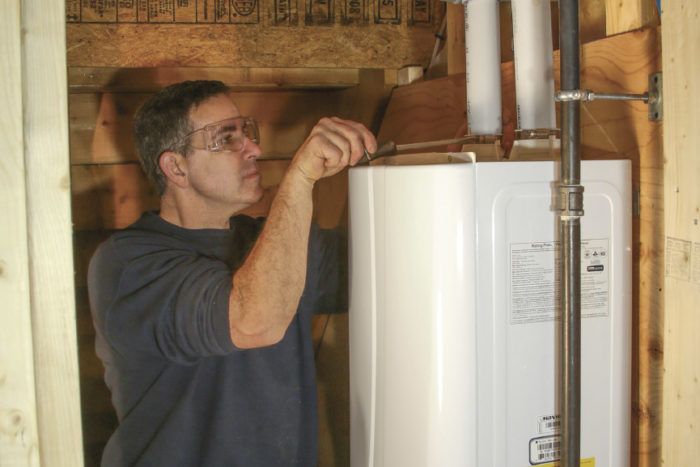
Synopsis: Plumbing and heating contractor Tom Cardillo explains the process of installing an on-demand water heater, from sizing, to mounting and venting, to making all of the plumbing connections. The article includes the necessary wall-panel dimensions for mounting the heater, the different-diameter gas lines that may be needed depending on the heater’s size, and the length and diameter of the necessary vent and combustion-air piping. A sidebar includes a description of a condensate neutralizer and when it is needed to increase an on-demand water heater’s efficiency and to keep pipes safe from acidic water.
Promising endless hot water and taking up less space than a tank-type heater, a tankless water heater has a lot to like. Every year I install several for clients who are hoping for more hot water and savings on their energy bill. Unfortunately, switching from a tank-type water heater to an on-demand unit is not just a direct swap. You’ll need sufficient wall space for mounting the wall-hung heater, a different flue arrangement, and possibly a larger gas line. The installation means a lot of pipes in a small space, so it’s important to think through the layout, and work from the biggest pipes to the smallest.
How much heater do you need?
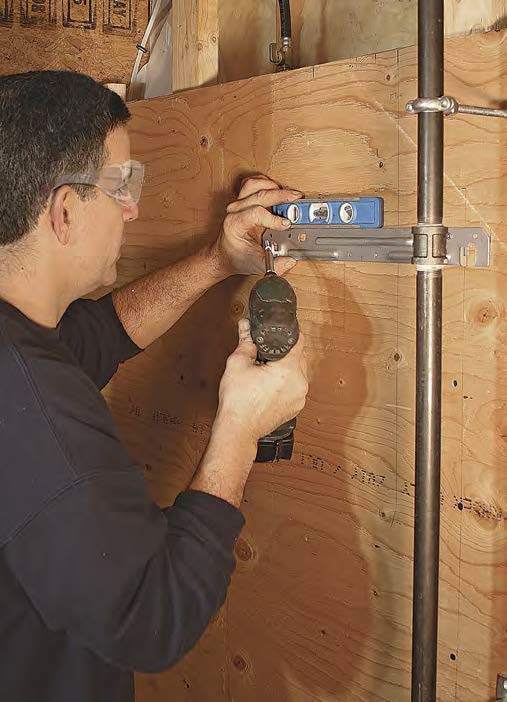
The number of gallons per minute (GPM) that on-demand water heaters can produce goes down with a greater temperature rise, so you have to get a larger heater in colder climates than you would in warmer areas. Many manufacturers have size calculators on their websites that make it easier to match the right model to your particular situation. The water heater in this installation is a 19,000-Btu to 199,000-Btu model, which is normal for a house with three bathrooms.
A typical installation
Tankless water heaters are fairly straightforward to install, but don’t assume you can do the job yourself. Doing your own installation may void your warranty, so first check with the manufacturer. Because these heaters are wall-mounted, you need a 3⁄4-in.-thick panel to mount them on. I center a 4-ft. by 4-ft. panel on the wall vertically, which leaves about 2 ft. above the panel for running the vent and combustion air pipes to the outside.
Depending on the size of the heater, the length of the piping, and the temperature rise, you may need a 3⁄4-in. gas line for the heater’s burner. This can add several hundred dollars to the cost of switching from a tank-type heater, which commonly has a 1⁄2-in. gas line. Early tankless on-demand heaters didn’t always need an electrical connection, but almost all modern ones need a nearby receptacle for the electronic controls and the heater’s internal blower. The electrical demands are low, so the Navien NPE model I generally install doesn’t require a dedicated circuit, but depending on the proximity to the nearest outlet, you may have to add a receptacle.
Finally, condensing tankless heaters need a way to deal with the condensate produced by the heater’s burner. If there isn’t a floor drain nearby, you have to pump the condensate. Adding a condensate pump increases the cost of the installation. I prefer pumps by Mars, which are quieter and longer-lasting than other brands I’ve tried. Also, the condensate produced by the burner is acidic, so you should use a condensate neutralizer to protect metal drain pipes (see sidebar p. 71).
Plan for venting
Modern condensing on-demand water heaters are designed to squeeze every possible Btu from the combustion process, so the exhaust gasses are cool compared to an atmospherically vented tank-type water heater or a non-condensing tankless model. Venting systems vary—some models use a single proprietary pipe for handling intake (combustion air) and exhaust (venting fumes), others use two separate proprietary pipes. The heater shown here is a two-pipe setup that uses solid-core PVC pipe.
The diameter of the vent pipe depends on the length of the run and the number of elbows, so you have to check the manufacturer’s specs and plan the pipe routing before determining the size of the vent and combustion-air piping you’ll need. Generally speaking, the straighter and shorter the run, the smaller the pipe diameter required. When planning the route for the flue pipe, keep in mind that indirect vent setups you need to keep the pipe outlet at least 12 in. away from any operable door or window and at least 12 in. above grade. If your area experiences heavy snow, you have to move the intake and combustion piping higher so it doesn’t get buried in a blizzard. These codes can vary by region in the U.S. and are more stringent in Canada, so check with local code enforcement before moving forward with an installation.
Installing an on-demand water heater like the one shown here costs between $2800 and $3500, depending on the complexity of the job. My customers, who have two small children, really like how their new on-demand water heater keeps up with evening bath time, even while they’re simultaneously running the dishwasher and washing clothes.
Mounting and Venting
After the water heater is hung on the mounting panel, the holes in the exterior wall for the combustion-air and flue connections are located. It’s best to start with these larger-diameter pipes because they are the least flexible with regard to routing and placement.
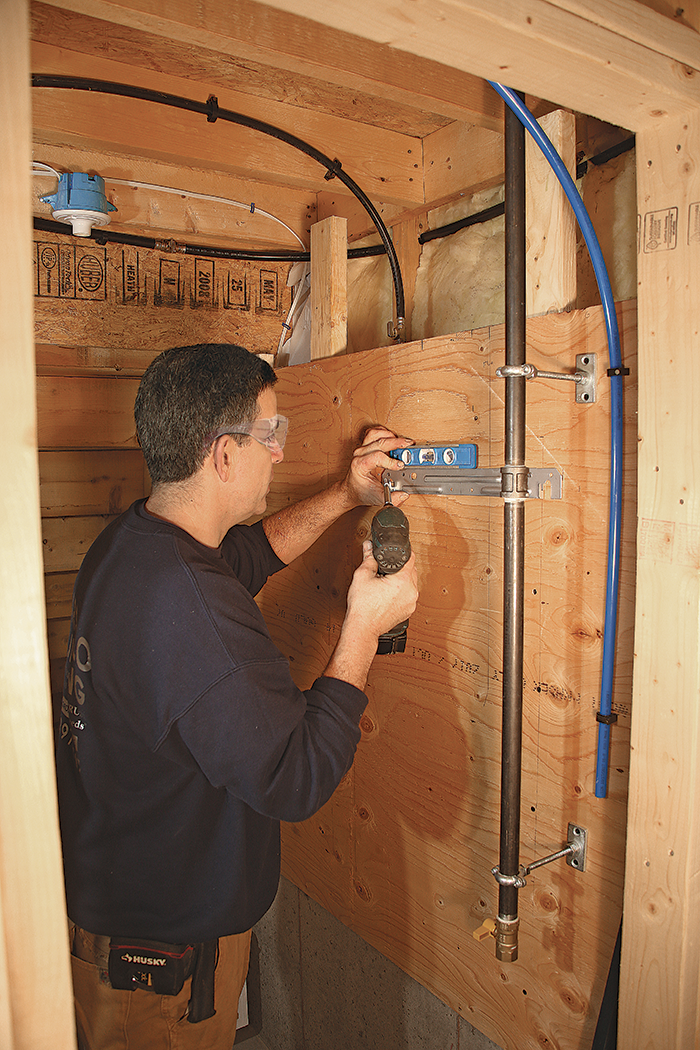
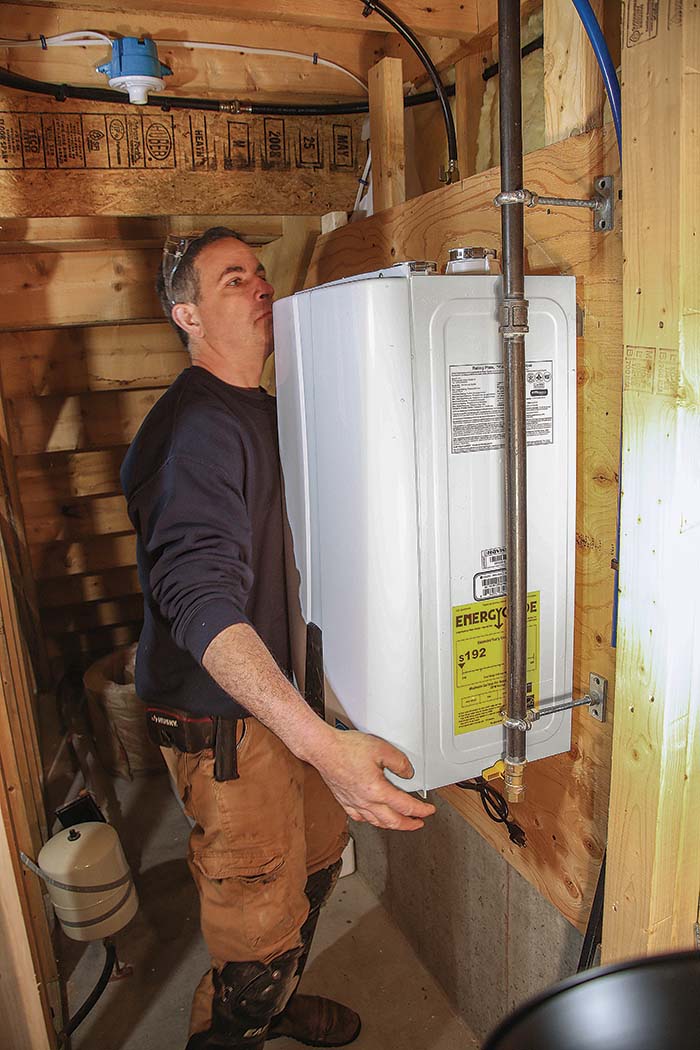
Connections, from big to small
Once the PVC combustion air and flue piping are roughed in, the gas line is run next, followed by the cold- and hot-water piping. The gas piping in this installation is steel, but you can also use corrugated stainless-steel tubing (CSST). The water lines are 3⁄4-in. L–type copper, but PEX is also acceptable.
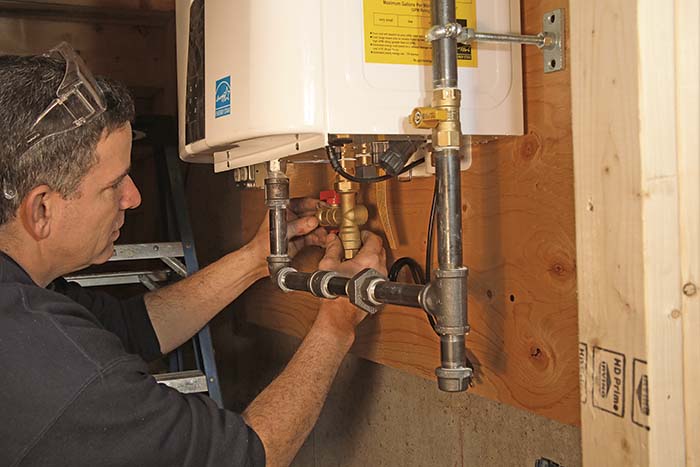
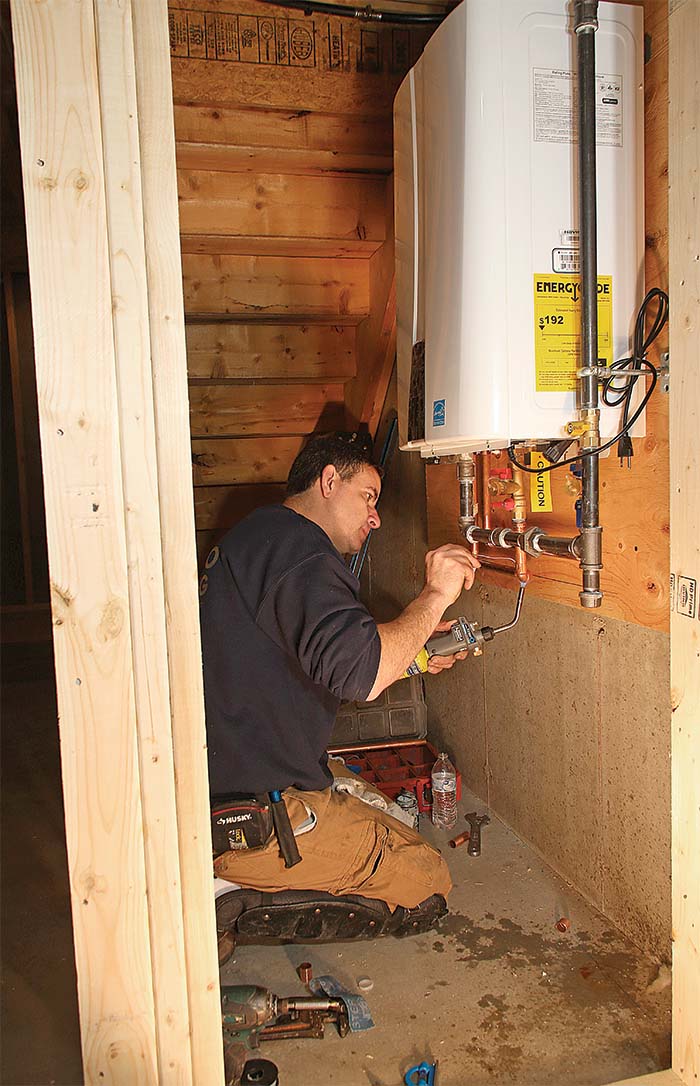
From Fine Homebuilding #276
To view the entire article, please click the View PDF button below.

